The department of Material Chemistry provides the human prospect for Sustainable Society through interdisciplinary education and outstanding study on material design at atomic / molecular level. Through specialized education and research on material science, solid state physics and chemistry, and physical chemistry, we create innovative materials and cultivate a pioneering chemist for new material research.
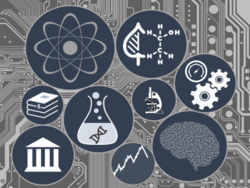
Professor: Yoko Sakata
Assistant Professor: Takuho Saito
Coming soon

Professor: Atsushi Satsuma
Associate Professor: Kyoichi Sawabe
Development of solid catalysts for clean exhaust and green chemical process. Materials: Metal supported catalysts, ion-exchanged zeolites and clays, heteroplyacids, mesoporous silica, and mixed metal oxides. Approaches: In-situ spectroscopy, analysis of local structure of active species, and synthesis of new materials.
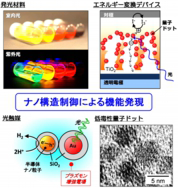
Professor: Tsukasa Torimoto
Assistant Professor: Kazutaka Akiyoshi
Metal and semiconductor nanoparticles exhibit unique size-dependent physicochemical properties, being different from bulk materials or molecules. We are aiming at the development of novel nanostructured materials to control the transfer of photons, electrons or molecules. These are promising materials for applications to catalysts, electrocatalysts, photocatalysts, solar cells, or optoelectronic devices.
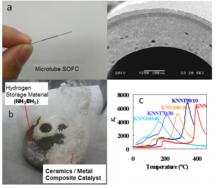
Professor: Koichi Kikuta
We are working on the development of novel materials and systems relating to the energy conversion and storage. Solid oxide fuel cell (SOFC) is expected as a promising system for the electric power generation. Hydrogen storage materials are also required for the applications of fuel cells. Basic researches on these subjects are carried out from the view point of materials design and its processing. Environmentally friendly materials such as lead-free piezoelectrics are also investigated to substitute conventional lead based materials.

Professor: Ryotaro Matsuda
Associate Professor: Hiroaki Iguchi
Lecturer: Shinpei Kusaka
Designated Assistant Professor: Qu Liyuan
Designated Assistant Professor: Pirillo Jenny
Our structure-functional chemistry group started from Nov. 2015. We are focusing on the new functional nanomaterials based on inorganic-coordination chemistry. From fabrication of materials by self-assembly for various elements and molecules, we are exploring to the nano-space science.
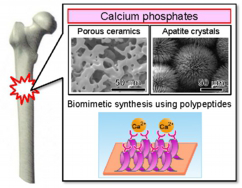
Professor: Chikara Ohtsuki
Lecturer: Kazumasa Suzuki
Assistant Professor: Yuko Matsukawa
The objective of this laboratory is to design and create functional biomaterials on the basis of molecular-level analysis of living body/material interactions and mechanism of biocompatibility. Our research feature is development of novel biomedical materials for hard and soft tissue substitutions, based on the fundamental researches on bioactive ceramics and polypeptides, as well as organic-inorganic hybrids.
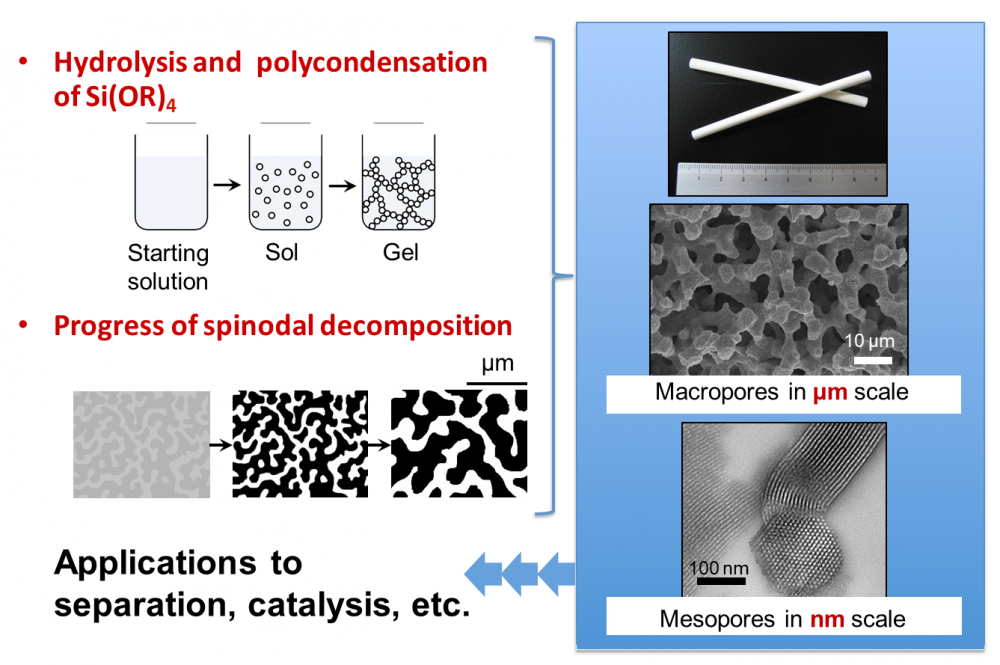
Professor: Kazuki Nakanishi
Designated Associate Prof.: George HASEGAWA
Utilizing the polymerization-induced phase separation to form porous structures, prepared are hierarchically porous materials in the length scale from nanometer to micrometer, and with various chemical compositions such as ceramics, organic-inorganic hybrid and purely organic polymers. Materials with precisely controlled and optimized pore structure will find novel applications as separation media and catalyst support, and extend their usage in broader fields such as analytical, organic, biological chemistry and nano-engineering.
A caption of the figure: Preparation and application of monolithic silica with a hierarchical pore structure
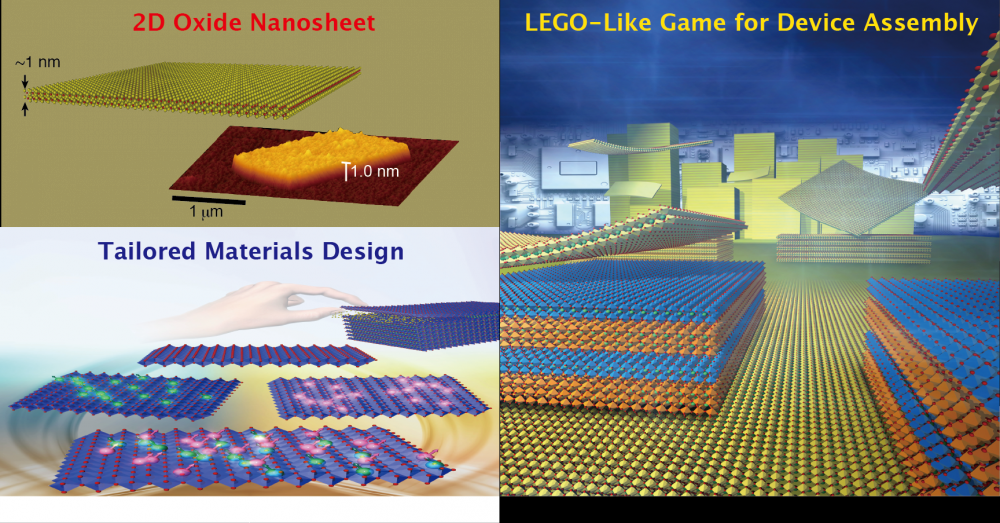
Professor: Minoru Osada
Associate Professor: Makoto Kobayashi
Assistant Professor: Eisuke Yamamoto
Two-dimensional (2D) nanosheets, which possess atomic or molecular thickness, have been emerging as important new materials due to their unique properties. In particular, the development of graphene has opened up the possibility of exploring non-graphene 2D nanosheets, which will offer new properties and novel applications beyond graphene. We are working on the creation of inorganic nanosheets and the exploration of their novel functionalities in electronic and energy applications.

Associate Professor: Jun Kumagai
Research topics for radiation chemistry groups are cryogenic reactions in solid parahydrogen for producing biomolecules, preparation and evaluation of materials for EUV resist, and radiation bystander effects in cultured cells as studied by slow releasing long-lived radicals by using ESR spectroscopy.